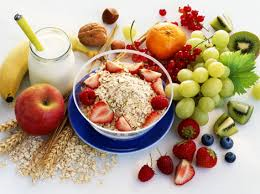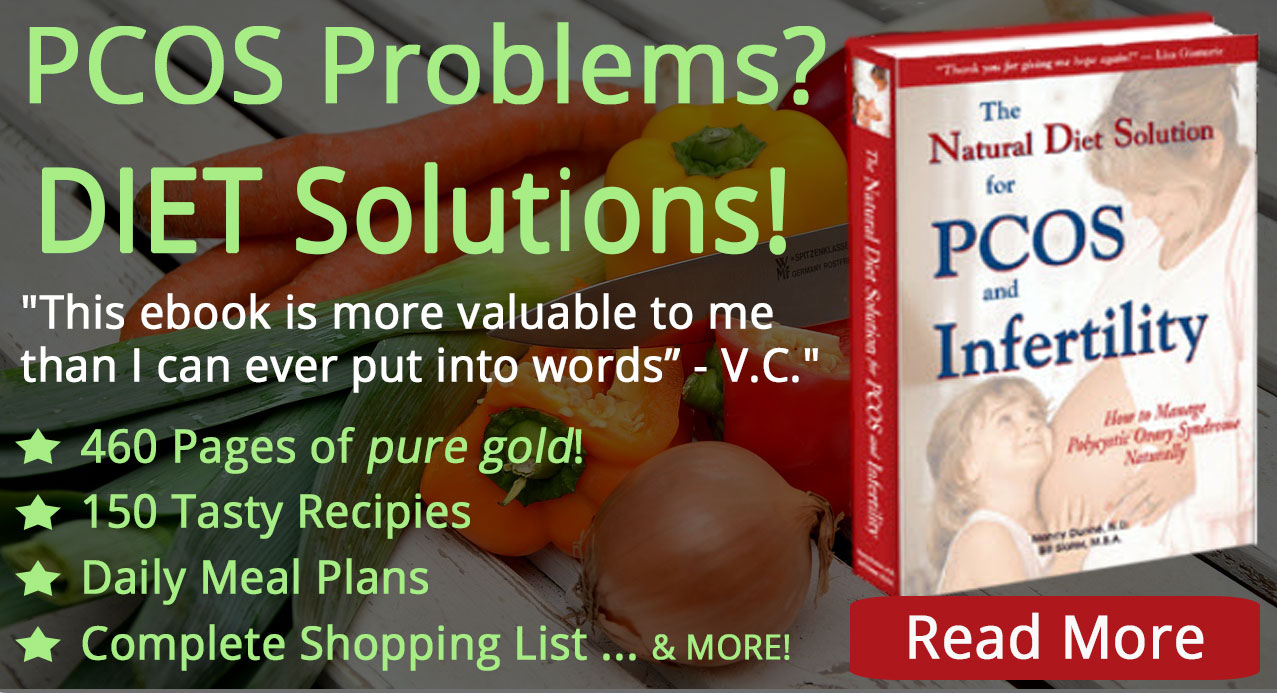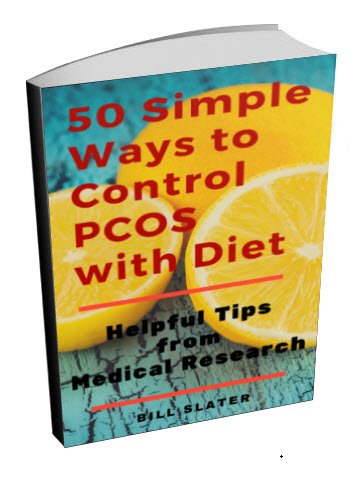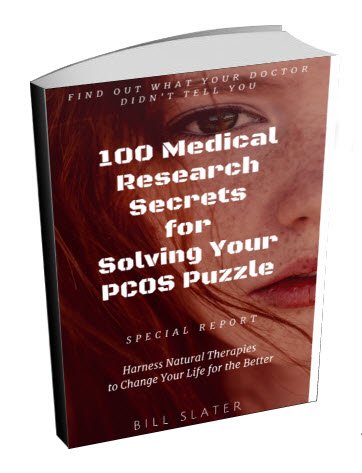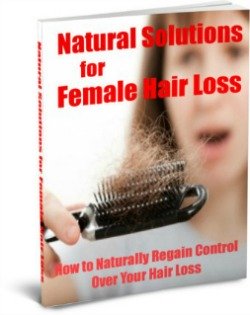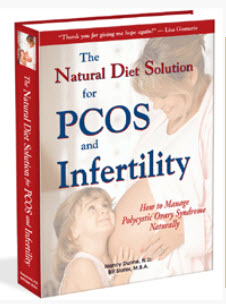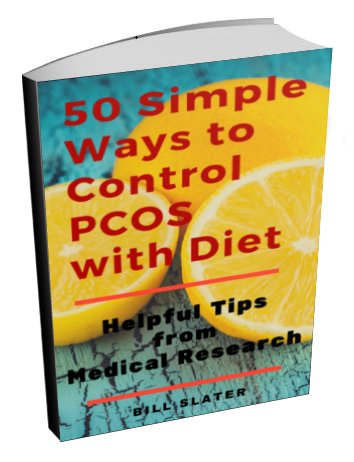Encouraged by PCOS Diet Book but also Confused and Disappointed
by Anonymous
I just bought and read this book and I am on board with trying this diet - I was on an elimination diet for some food allergies, and there are some minor changes to make to switch over to this one. I think that making those changes might be the solution to finally losing the weight I would like to and provide for long term health. At least that is what I am hoping.
Overall I like the tone and message of this book and think that it applies to a broader audience than just PCOS women.
The first of my confusion came when you I read that all women with PCOS have cysts on their ovaries. I have been told by at least 5 different doctors in the past 10 years that I have PCOS but when I had an ultrasound done, I did not have cysts on my ovaries. I have all the other classic symptoms however. I have heard from other women with PCOS that they have had scans done and sometimes they have cysts and sometimes they don't, but it is confusing to me that I have read it both ways. That women can have PCOS without cysts, and then this book saying that all women with PCOS have cystic ovaries.
During my elimination diet, I found out I was allergic to soy. Which I am not too upset about because it makes it easier to not eat processed foods since it is in so many things. I was happy to read that this book did not advocate soy since it seems to be a popular thing among ideas of healthy eating. I also have some hypothyroid issues, which it also mentions in this book is not a good combination with soy. So, I was very happy this book did not push the soy issue.
HOWEVER, it is very disappointing that when I got to the recipe section that tamari was an ingredient in so many of the recipes. I get in a rut with the food I prepare and eat. I am the type of person that needs the recipe section of books like this to get started and to get ideas of the variety that is possible on a diet like this one. I am capable of making adjustments, but for a book that says that soy is not recommended for women with PCOS, it is disappointing to see that it is included in any form in so many of the recipes.
Coming from a rice based elimination diet, I am also having a hard time finding where it says in the "what to eat what not to eat section" whether brown rice is acceptable or not. I know that white rice is not, but what about brown rice?
Another disappointing contradiction between the information and the recipes was the egg issue. When eggs are cooked it is said to cook them in a fashion that they would be in contact with the littlest direct heat and oxygen. Egg Guidelines: 2. Frying or scrambling of eggs is not recommended. Yet in the recipe section, 2 out of the 4 provided recipes are prepared in that fashion.
I appreciate the recipe section, as I said I am the type of person that can benefit from that. However I am also the type of person that has a hard time putting my trust in a book that is so contradictory between its recommendations and the recipes provided. If the recipes provided cannot even follow the recommendations of the book then how are the readers supposed to?
########################
Editor's note:
1) RE: our definition in the book of what polycystic ovary syndrome is. Medical authorities disagree on their definition of what PCOS is. See our newsletter article for more detail on this problem:
www.ovarian-cysts-pcos.com/news23.html#sec3
What we said in the book is only one perspective on what polycystic ovary syndrome is.
This disorder has diverse symptoms and does not fit into a neat diagnostic category that says either you have it or you don't.
It's a big mistake to take an array of health problem and try to squeeze them into a nice diagnostic box so that you can be told that you have "X" disease or "Y" disease. However, we're all trained to think that way and we are dissatisfied with our doctors if they don't place us into a clearly defined category.
2) RE: diet inconsistencies in our book. In writing the book, we experienced a tension between what is healthiest to eat and what people are willing to eat, and what recipes are healthiest and what recipes people would be willing to try.
The "ideal" diet or "ideal" recipe is not something that most people will comply with. What you've noticed are a few compromises we made to try to make our diet as acceptable as possible while still maintaining the highest possible standards of good nutrition.
Therefore, although we don't "recommend" soy, we do allow soy sauce for flavoring purposes. That is not the same as saying it's OK to consume soy-based texturized protein, which is quite unhealthy.
As for eggs, scrambling them is not the healthiest way to prepare them. However, scrambling them in a recipe offers you more options for preparing meals.
We didn't recommend any grain. Rice is a grain, whether brown or white. When we recommend that you don't eat something, you have to take it in context. Healthy eating is a graduated scale, not a black or white picture. Brown rice is superior to white rice, obviously. It is also superior to gluten grains. There's nothing "wrong" with having occasional brown rice, if your unique biochemical system can benefit from it.
Of necessity, we wrote a "one size fits all" book. But obviously every woman is a unique individual. The best diet book is a book written specifically for each individual, based on their unique circumstances. But as a practical matter, that just isn't possible.
Our PCOS diet book is not a perfect work. It contains some imperfections and contradictions. But the most important takeaway from the book is that you have a much higher degree of control over the outcome of your disorder if you consume a healthier diet, get more exercise, and reduce chronic stress.
Comments for Encouraged by PCOS Diet Book but also Confused and Disappointed
|
||
|
||
Get Answers to your Questions about
- Fertility
- Weight Control
- Hair Loss
- Stress
- Unwanted Hair
- Acne...and more!
FREE PCOS Report
and Newsletter
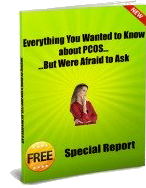
Your email is safe with us. We respect your privacy, and you may unsubscribe at any time.
Recent Articles
-
PCOS Long Journey to The Happy End
Apr 30, 18 07:24 PM
Hi Girls, Maybe my story will have one day a good end but I am not there yet. Until I was 31 years old I lived my dream, having lovely husband, good -
PCOS and Miscarriage
Apr 17, 18 04:03 PM
Proper diet and natural supplements can help the body maintain a pregnancy through successful delivery.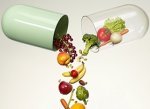
-
How to Deal with PCOS and Stress
Apr 04, 18 04:19 PM
Your body has a natural capacity to heal itself if you provide it with the necessary tools.